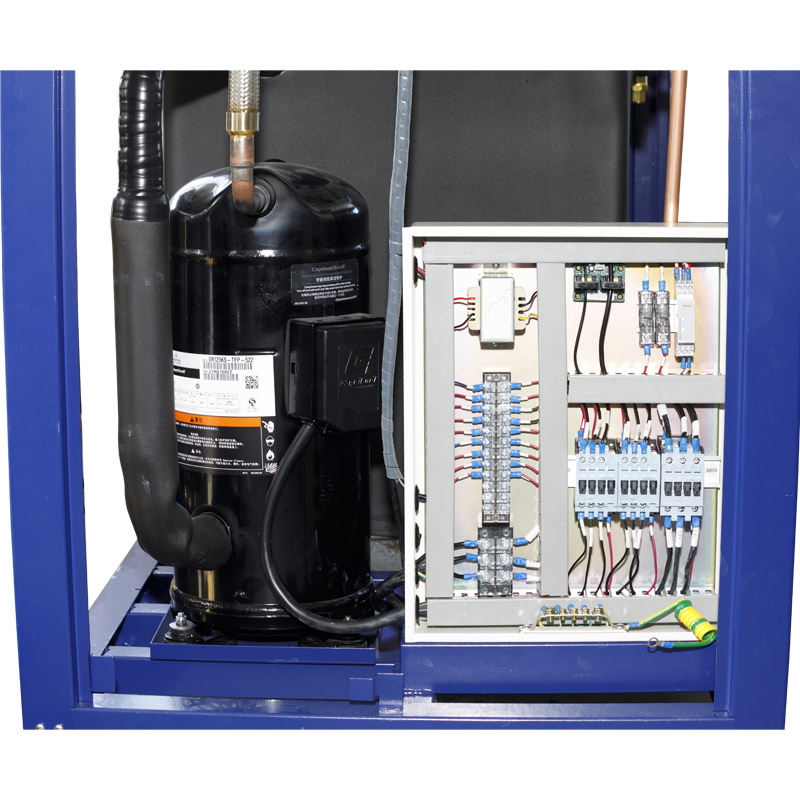Injection molding involves injecting a liquid plastic into a mold, where it is heated and solidified. The parts produced are usually highly repeatable and have consistent dimensions.
Depending on the type of plastic material, injection molding can be either thermoplastic or thermosetting. Thermoplastics are more common than thermosetting polymers as they can be melted repeatedly and reused without degrading their physical properties.
Process Overview:
The molten plastic enters the front half of the mold through the sprue, which is connected to several channels (called runners) that distribute the melted plastic throughout all the cavities in the mold tool. These channels may have gates that direct the flow of the melted plastic into each cavity.
Once inside the cavity, the molten plastic is mixed with the melt in each of the mold cavities and solidifies together. This process creates a molded part with flashes on the edges that are visible when the part is cut.
Clamping Pressure:
Before the molten plastic is injected into the mold, the two halves of the mold must be securely closed. This is achieved with a clamping pressure that complements the applied injection pressure. Excessive or insufficient clamping pressure can result in a number of problems including leakage of the molten plastic into the mold, development of flashes and failure of the equipment in the long run.





 English
English عربى
عربى Español
Español








